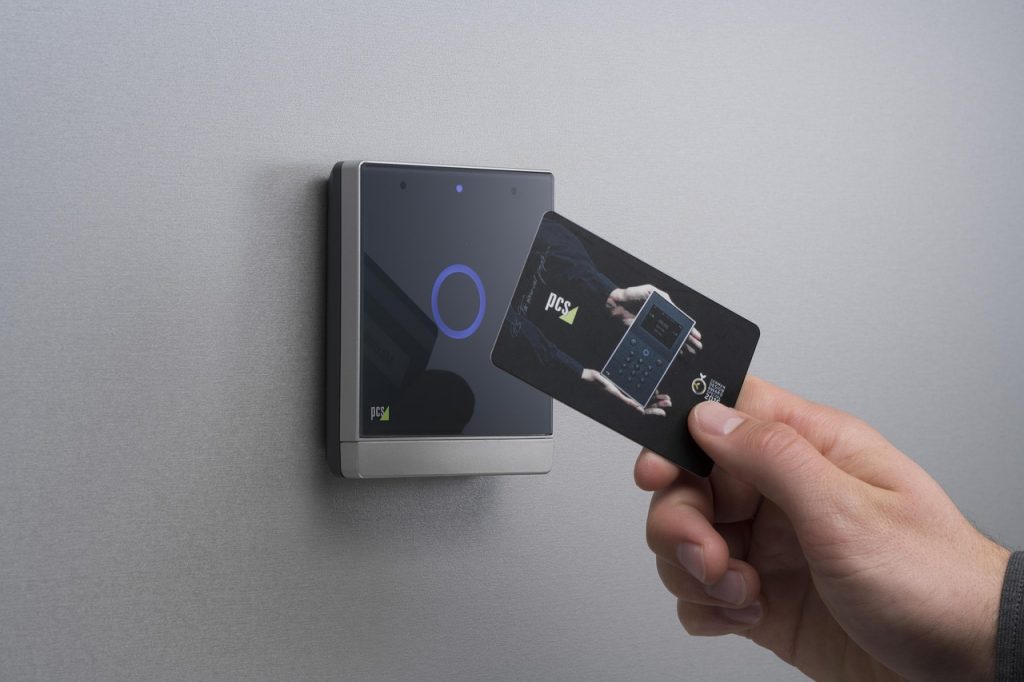Learn how to – Innovation in RFID Technology and its Potential Future Applications.
Modern radio frequency identification (RFID) technology has its origins established back in 1973, with Mario Cardullo’s passive radio transponder with memory. The source of the applications themselves can be seen as far back as 1945, with the Soviet Union’s Great Seal bug – a listening device.
Nowadays, RFID tags are comprised of a radio transponder, receiver, and transmitter, being relatively simple to construct according to AnalyticsIndiaMag. The battery-powered active tags and radio wave-powered passive tags have a great range of applications. RFID is used for data collection, identification tags – for human ID cards and animal conservation – tracking, item tagging, and machine-readable documents, such as passports.
In an increasingly data-driven world, this relatively old technology has become increasingly prevalent in its near-base form. In some sectors, however, RFID has been adapted a great deal, becoming a part of innovative new products that may, in turn, inspire further creative uses of RFID tech.

Using RFID as a part of gaming
The primary use of RFID technology is to track and keep stock of items or beings; the simplicity of its design and use has enabled it to remain commonplace to this day. Recognizing the reason why RFIDs had become so popular, due to them being easy to track and identify, innovative game designers decided to try to apply the tech to create digitally-governed forms of physical games.
This is what came to fruition at NorgesAutomaten, which utilizes RFID technology to offer its users live casino gaming. Before the advent of live games, online casinos would provide video-form, RNG-powered table games like roulette, blackjack, and poker. By combining live streaming with RFID tags, the platform has created a way that gamers play at the table via an internet connection.
In live table games, the RFID is used in the decks of cards. Each deck has its own chip to be scanned, ensuring that new decks are shuffled and come into play. Also, the cards are built to also carry their own chips; these specialized cards are often a bit larger to also suit the users on the other side of the screen. Whenever a card is drawn, it’s pulled across a scanner, which then translates the card’s ID into a computer program.

That information automatically updates the user’s screen and the program running the game, ensuring a seamless gaming experience from the physical table to the live game being streamed to laptops and mobiles. The additional technology needed to translate and relay data aside, the application of RFID to casino games is quite simple, and yet it enables players to enjoy an authentic, in-person experience.
The future of RFID technology
The online casino platforms won’t be the last companies to seek to utilize RFID technology’s ease-of-application. Following its more traditional uses, we’ll almost certainly see new RFID tags with significantly increased range, as well as something akin to artificial intelligence being built into the chips. This could bring about an even more effective tracking and data collection method, with them becoming smart tags.
Following along the lines of live blackjack and poker, there’s a good chance that more live environments for gaming could come to the fore. Board games look to be the next frontier of RFID tag implementation. Mind Sports International, as detailed by Engadget, has crafted a game of Scrabble that tracks players’ moves and continues to keep account of how many of each letter remains in the pouch.
It’s rather simplistic and old technology by modern standards, but RFID tags are continually being developed, with their uses expanding despite the tech being decades old.
Leave a Reply
You must be logged in to post a comment.